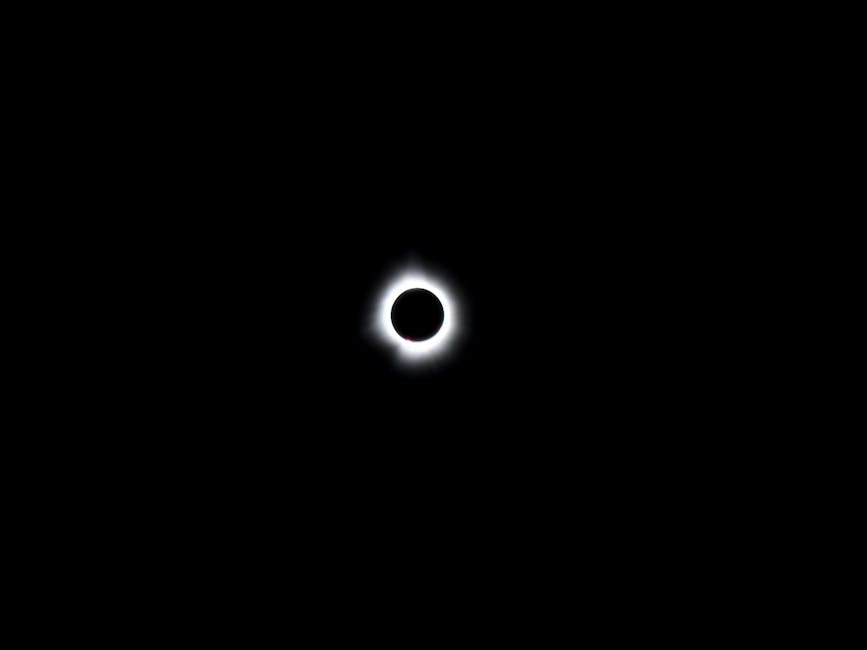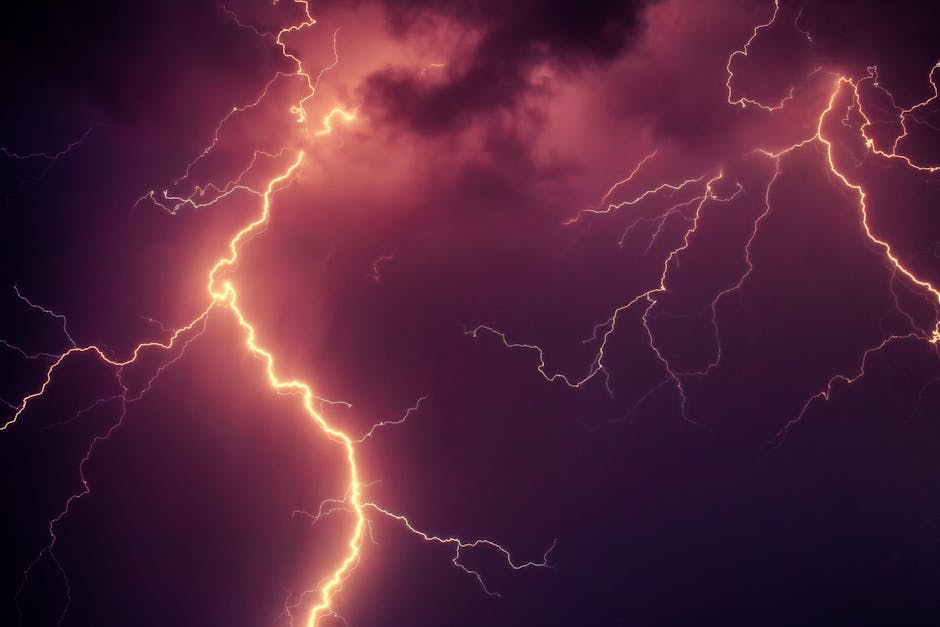**
The Brightest Cosmic Firework Ever Seen
Astronomers have witnessed the single largest cosmic explosion ever recorded—a cataclysmic flare from a supermassive black hole that shined with the light of 10 trillion suns. This almost unimaginable brightness is the result of the most powerful cosmic event humans have ever observed.
The event, officially named AT2021lwx, is a colossal flare originating from a distant galaxy roughly 8 billion light-years away. For over three years, this single point in the sky has outshone entire galaxies. At its peak, its brightness was equivalent to 10 trillion of our Suns blazing at once, making it a true record-shattering spectacle.
The discovery was first made by the Zwicky Transient Facility in California and later studied by a global network of telescopes. What truly captured scientists’ attention was its sheer duration. While brilliant events like supernovae typically last for a few months, AT2021lwx has been shining brightly for over three years and is still being monitored.
How Can a Black Hole Create Such a Blinding Flare?
This celestial spectacle was caused by a supermassive black hole, a cosmic monster millions or billions of times the mass of our Sun. But this presents a paradox: black holes themselves don’t shine. Their gravitational pull is so immense that nothing, not even light, can escape once it crosses the event horizon.
The light we see comes from the chaotic, superheated “dinner party” happening just outside its point of no return. Scientists believe AT2021lwx was triggered when a gigantic cloud of gas, possibly thousands of times larger than our Sun, was violently torn apart as the black hole’s gravity captured it. As this cosmic cloud was shredded and pulled into the black hole’s accretion disk—the swirling vortex of matter orbiting it—the immense friction and gravitational forces generated an incredible amount of energy, releasing it as a blinding flash of light across the universe.
A Cosmic Event on an Unprecedented Scale
This process is known as a Tidal Disruption Event (TDE), where a star or gas cloud gets stretched and pulled apart, or “spaghettified,” by a black hole’s gravity. However, AT2021lwx is on a completely different level.
Consider these comparisons:
* It is about ten times brighter than any previously observed supernova (the explosion of a dying star).
* It is three times brighter than the most luminous TDE ever recorded before it.
The scale of this event pushes the boundaries of what astronomers thought was possible, suggesting that the gas cloud involved was truly colossal.
Why This Record-Breaking Discovery Matters
You might be wondering why an event billions of light-years away matters to us here on Earth. It matters because it’s a peek into the most extreme physics in our universe. Events like AT2021lwx act as cosmic laboratories, allowing scientists to test the limits of Einstein’s theories of relativity and better understand how supermassive black holes grow and shape the galaxies they inhabit.
Such discoveries are a source of immense inspiration, reminding us of the sheer scale and wonder of the cosmos. They fuel our fundamental curiosity to understand our place in this vast, awe-inspiring universe.
The team behind the discovery will continue to monitor AT2021lwx, hoping to uncover more secrets from the light it continues to emit. Whatever the final analysis reveals, this record-shattering flare is a powerful reminder that the universe is constantly putting on the most spectacular show imaginable. And we, on our tiny blue dot, are lucky enough to have built the tools to get a front-row seat.
**




